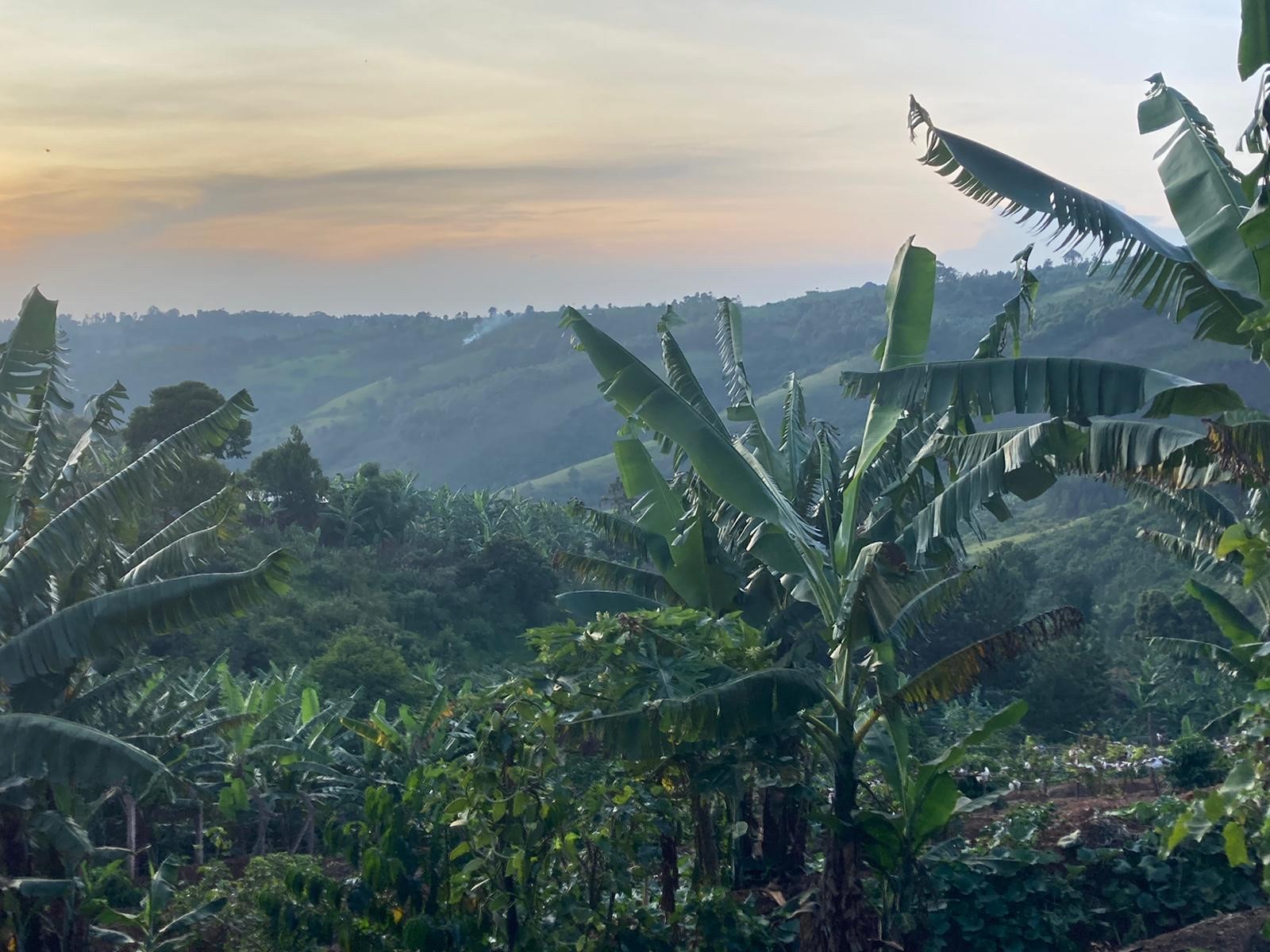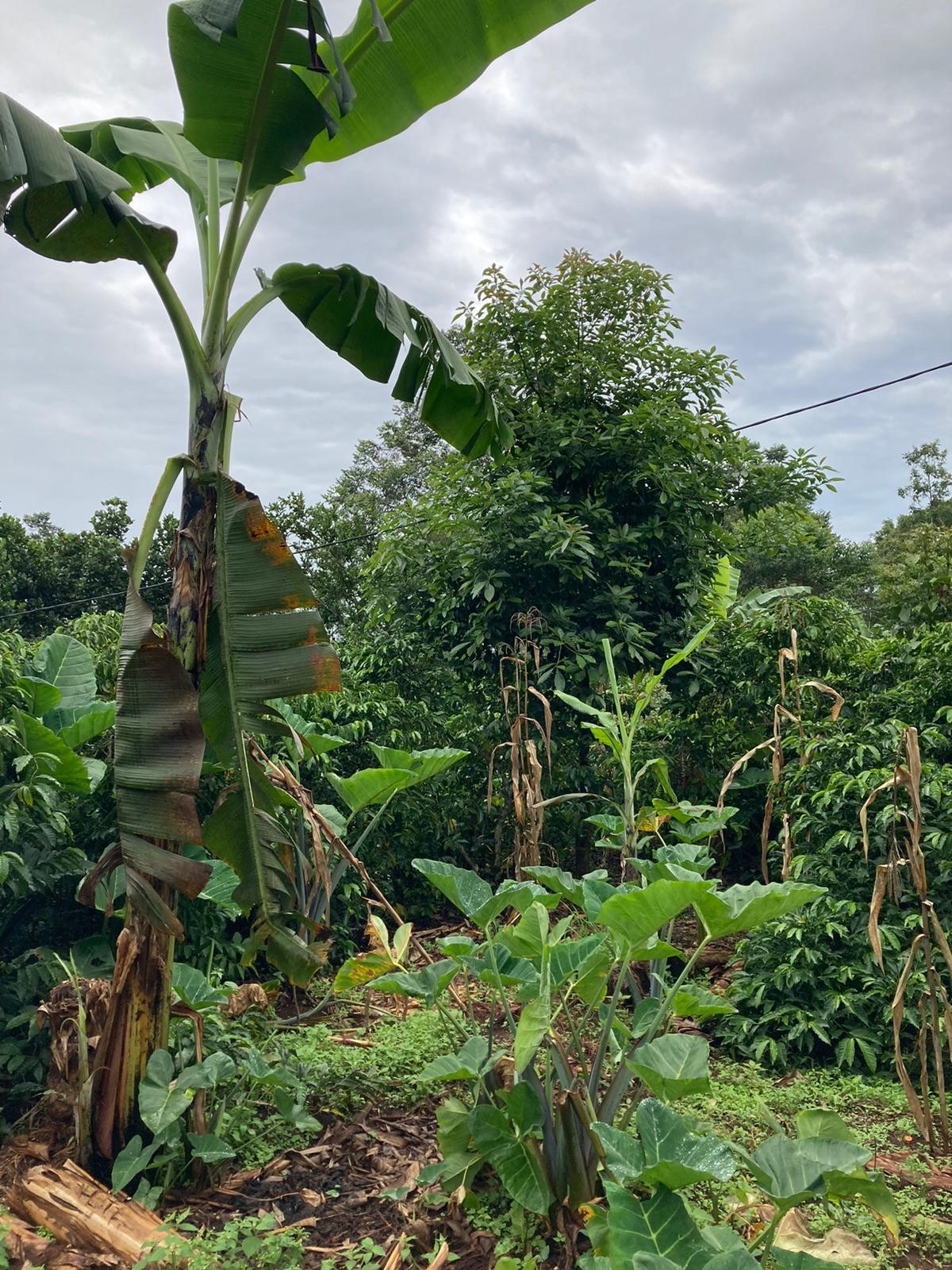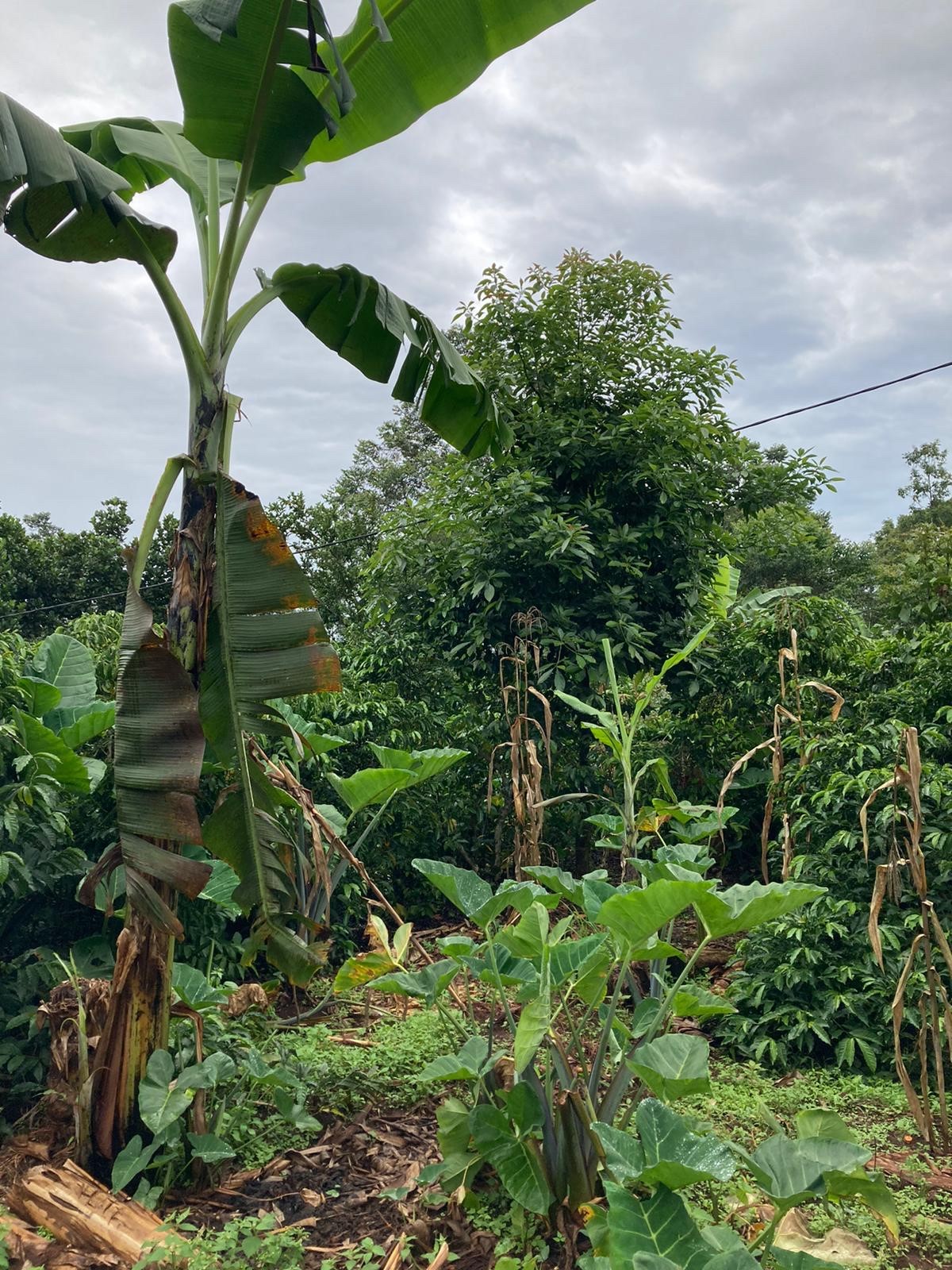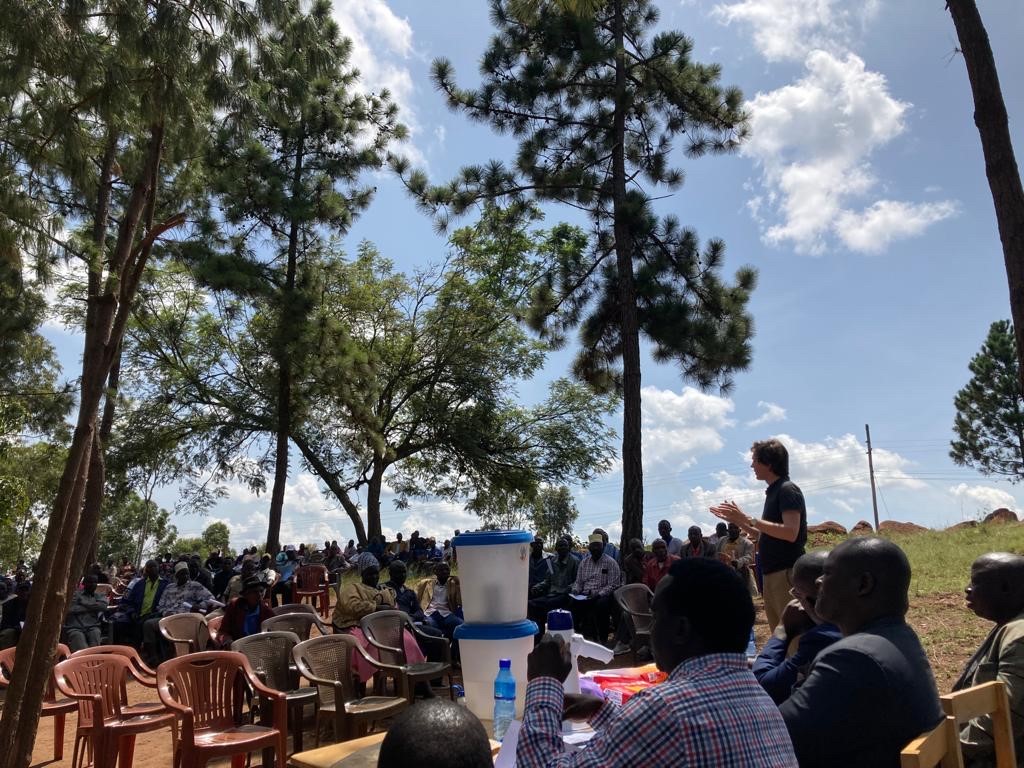Transparency in the Carbon Market
What are companies' voluntary offsetting claims based on? How can we distinguish between good and bad? And what is the role of consumers, whose perceptions are at the core of companies' motivations to offset emissions? Emma van de Ven, Strategy Lead at ACORN (Rabobank), was interviewed to explain how full transparency in the voluntary carbon market can be achieved and where traditional approaches fall short.
The voluntary carbon market (VCM) offers companies and organisations seeking to offset their carbon footprint a way to meet their emission reduction targets on a low-cost basis. Such a party can compensate for their emissions when it offsets CO₂ emissions with an equivalent of CO₂ reduction, avoidance or removal elsewhere after reducing what is possible. Each credit stands for 1000kg CO₂e.
As discussed in a previous blog, Rabobank is developing a platform to unlock the voluntary carbon market for smallholder farmers in the Global South, called ACORN – Agroforestry Carbon Removal Units for the Organic Restoration of Nature. ACORN wants to provide a fully traceable, ex-post solution, meaning that the source of each Carbon Removal Unit (CRU) is linked to an existing piece of land with trees that have already removed the carbon from the atmosphere.


This approach is unique according to ACORN’s strategy lead Emma van de Ven. She points out that traditionally, projects sell their carbon credits ex-ante, before a single tree has been planted and way before the actual storage occurs, usually without providing any insight into the calculations applied. When asked how quality is measured in the carbon market, Van de Ven pointed out that pricing is considered a key quality indicator due to the absence of quality regulations and transparency. In terms of accounting, however, it currently does not matter whether one buys high or low-quality credits since they theoretically compensate for the same amount of carbon and thus represent the same value.

Certifiers of carbon credits maintain the status quo by approving CRUs with different quality standards. Van de Ven acknowledged that there is not much incentive for these certifiers to discard lower quality credits in their current portfolio in favour of quality improvement. This would deprive them of revenue, but more importantly, of their credibility. Hence, how can the market be segmented to make transparency key and create incentives to purchase higher-priced credits?
Van de Ven argues that the only way to achieve a change in the status quo is to differentiate the quality of carbon credits. Next to the type of credit (reduction, removal, avoidance), the accounting taxonomy (ex-ante or ex-post) and the origin of the credit (renewable energy, nature-based, etc.), an essential factor for this segmentation would be the number of additional benefits a project provides. A hydropower plant, for example, does not contribute to any SDGs in addition to its carbon benefits compared to e.g. coal-based electricity. At the same time, ACORN is said to contribute to five SDGs.
It is not that credits with low or zero additional benefits must be banned from the market. Instead, Van de Ven compared her reasoning to cut-price chickens that are pumped up with antibiotics avoparcin to speed up growth and water to increase weight: “Yes, it’s cheaper, and it’s in the supermarket so you could eat it, but you just cannot justify buying those anymore”. When we would have a “cut-price credit” that companies and organisations cannot justify buying, they will “die out on their own (no offence to the chickens)”.
When factors such as additional benefits are made transparent, the quality of CRUs can be defined on a protocol basis and categorised with comparable prices. “Only then you can start working towards a market price per segment. Currently, there is no market price for carbon in the VCM because we don’t yet have categories like “organic”, “free-range”, or “better life” yet”, let alone that transparency is considered within the VCM.
The question is, who should incentivise this change? Van de Ven says, ”it will not necessarily be the buyers of credits because they want to pay as little money for them as possible. Neither will certifiers”. This is somewhat contradictory as all VCM parties’ actions are voluntary, “driven by an external incentive, especially consumer perception”.

If VCM parties want to show consumers that they are doing good, they must be transparent regarding the nature of the credits. If they cannot tell what their net-zero claims are based on, it may well be that their commitments are causing destruction rather than providing a solution for the climate crisis. Consumers must be informed about these practices so that they can leverage change.
ACORN demonstrates that full transparency within the VCM is possible. Their best practice approach is based on protocols that require a detailed understanding of carbon storage and value distribution. When, where, and by whom carbon is stored, who ultimately pays, and where the money comes from must be clear. Van de Ven stated that “regardless of the cost to Rabobank, the farmer always gets 80 per cent of the returns, regardless of whether the price of the credit is 20 euros or 50 euros”.
It is not that credits with low or zero additional benefits must be banned from the market. Instead, Van de Ven compared her reasoning to cut-price chickens that are pumped up with antibiotics avoparcin to speed up growth and water to increase weight: “Yes, it’s cheaper, and it’s in the supermarket so you could eat it, but you just cannot justify buying those anymore”. When we would have a “cut-price credit” that companies and organisations cannot justify buying, they will “die out on their own (no offence to the chickens)”.
When factors such as additional benefits are made transparent, the quality of CRUs can be defined on a protocol basis and categorised with comparable prices. “Only then you can start working towards a market price per segment. Currently, there is no market price for carbon in the VCM because we don’t yet have categories like “organic”, “free-range”, or “better life” yet”, let alone that transparency is considered within the VCM.
The question is, who should incentivise this change? Van de Ven says, ”it will not necessarily be the buyers of credits because they want to pay as little money for them as possible. Neither will certifiers”. This is somewhat contradictory as all VCM parties’ actions are voluntary, “driven by an external incentive, especially consumer perception”. If these parties want to show consumers that they are doing good, they must be transparent regarding the nature of the credits. If they cannot tell what their net-zero claims are based on, it may well be that their commitments are causing destruction rather than providing a solution for the climate crisis. Consumers must be informed about these practices so that they can leverage change.
ACORN demonstrates that full transparency within the VCM is possible. Their best practice approach is based on protocols that require a detailed understanding of carbon storage and value distribution. When, where, and by whom carbon is stored, who ultimately pays, and where the money comes from must be clear. Van de Ven stated that “regardless of the cost to Rabobank, the farmer always gets 80 per cent of the returns, regardless of whether the price of the credit is 20 euros or 50 euros”.
|
This article is based on an interview with Emma van de Ven, Strategy Lead at ACORN (Rabobank), conducted on 15 February 2022. |
By: Etienne Hoekstra